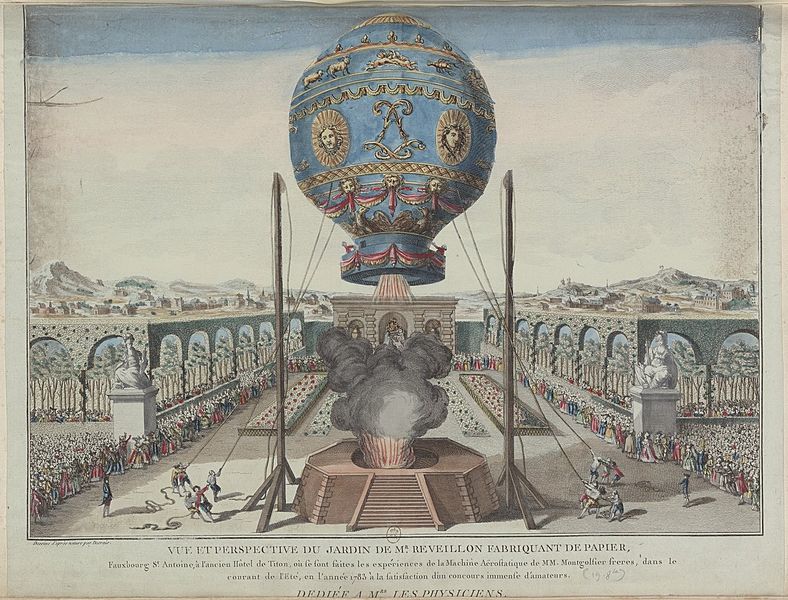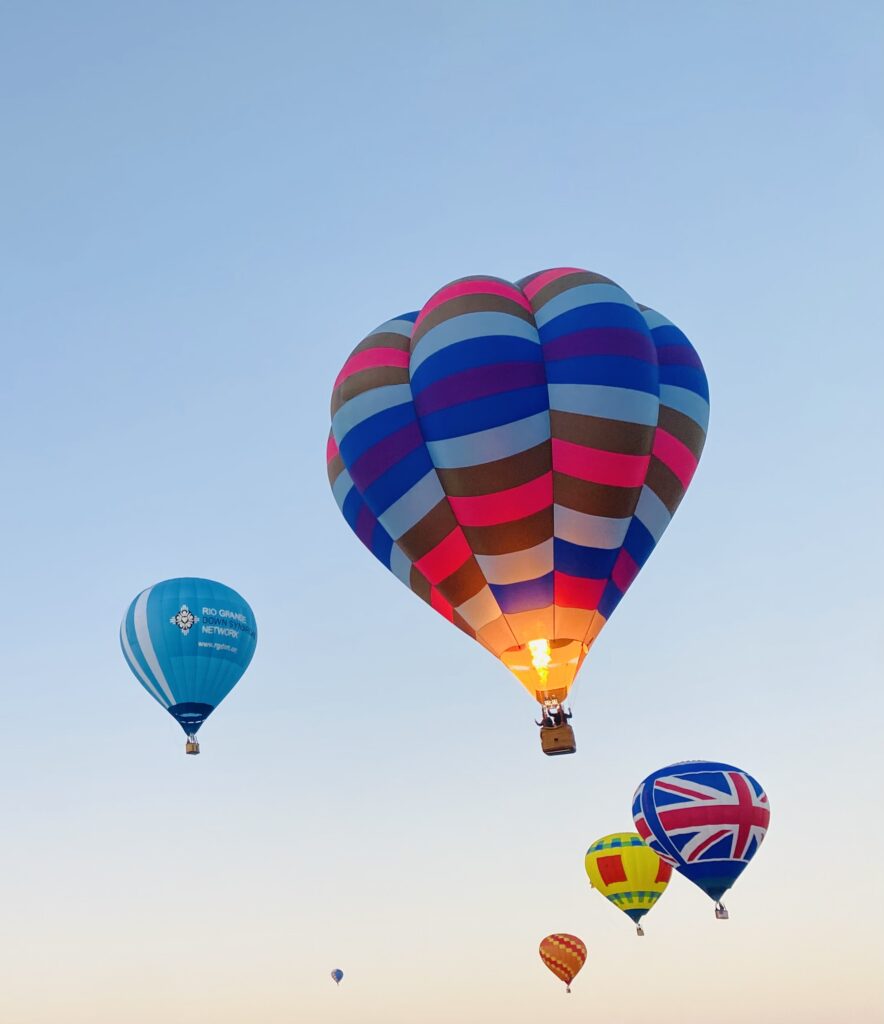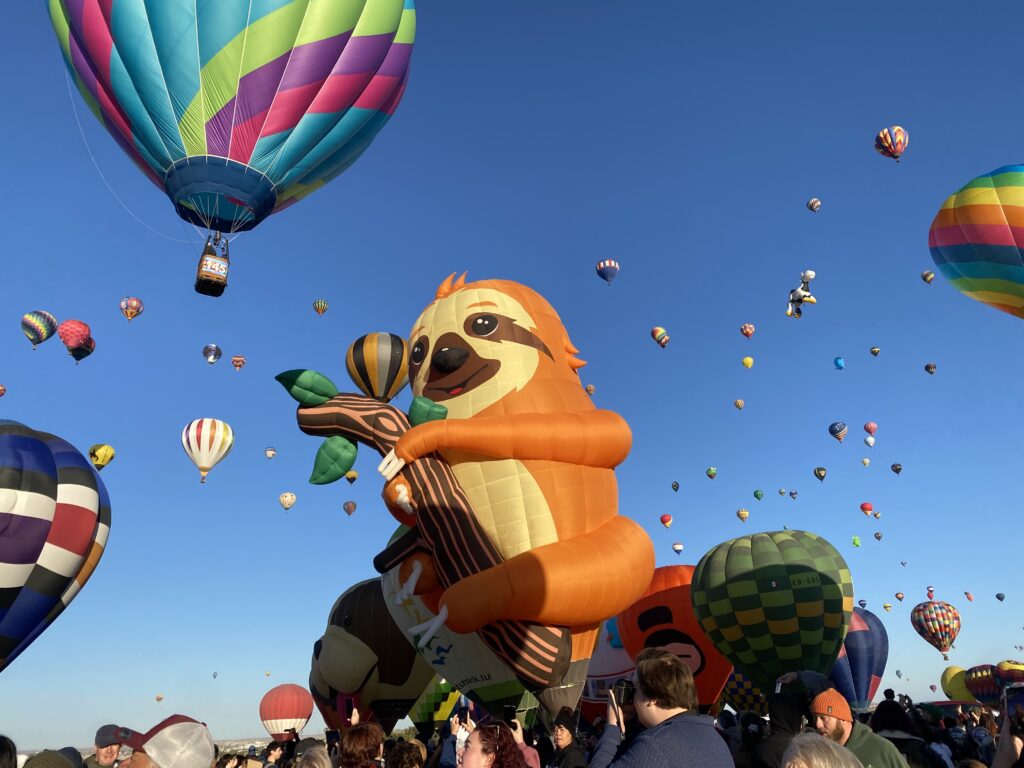Proof that chickens can fly: The first hot air balloon passengers were a sheep, a duck and a chicken. In 1783, France’s King Louis XVI and his wife Marie Antoinette watched as the Montgolfier brothers successfully demonstrated the first balloon passenger flight, traveling about two miles in eight minutes before safely landing.--space.com
You read it first in this week’s The Factory in Guide magazine.
Have you ever wished you could fly? I think, as children, we all wish we could fly at one time or another. Some people even dream they can fly! How exciting! Maybe they were inspired by the angels we can read about in the Bible.
Flight has always been an exciting possibility, and through the years people have never given up working on some type of flying machine or another. The balloon, for instance, has been a concept that hasn’t changed a whole lot through the years. In fact, unmanned balloons have been around in some form for thousands of years. Ancient China is where we first learn of using hot air to make objects float.
The first hot air balloon to carry a person was made by the Montgolfier brothers. On 19 September 1783, they demonstrated their invention for King Louis XVI and Queen Marie Antoinette at the French court in Paris. The passengers were a sheep, a duck and a rooster. They flew for 480 metres.

However, the first flight carrying a person was on 15 October 1783. It carried Jacques-Etienne Montgolfier. The balloon was attached to the ground by a rope. The first free flight, without being attached to the ground, was a few weeks later, on 21 November 1783. It carried Marquis François d'Arlandes and Pilatre de Rozier. Can you imagine being on that first free flight?! To be able to see for miles in every direction must have been awesome! Unless, of course, you were afraid of heights, then it was probably not so fun.

So, how does the hot air balloon work? First, you have a large balloon known as the “envelope” made of some type of non flammable material. This is what holds the hot air. The hot air is created by some kind of heat source called a “burner” which makes an open flame that shoots the heat up into the balloon. The flame is usually a mixture of liquid propane gas and air. And because the air around the outside of the balloon is colder than the hot air inside the balloon, it rises upward and becomes buoyant. The top of the balloon usually has a vent which allows the pilot to control the speed of ascent/descent (along with the burner). As time went on, a large sturdy basket was added for people to ride in.

In 1999 Bertrand Piccard and Brian Jones became the first balloonists to complete a nonstop voyage around the world. Three years later U.S. adventurer Steve Fossett became the first person to complete the trip alone.
In Albuquerque, New Mexico, and other locations there are annual hot-air balloon festivals featuring hundreds of colorful balloons. I am sure it is an amazing sight to see! Can you spy the cow balloon in the photo above?! If you ever get the chance, go see one of these festivals. Or be sure to put it on your bucket list!
Learn More About This Fact
For more interesting facts, click on the buttons below!